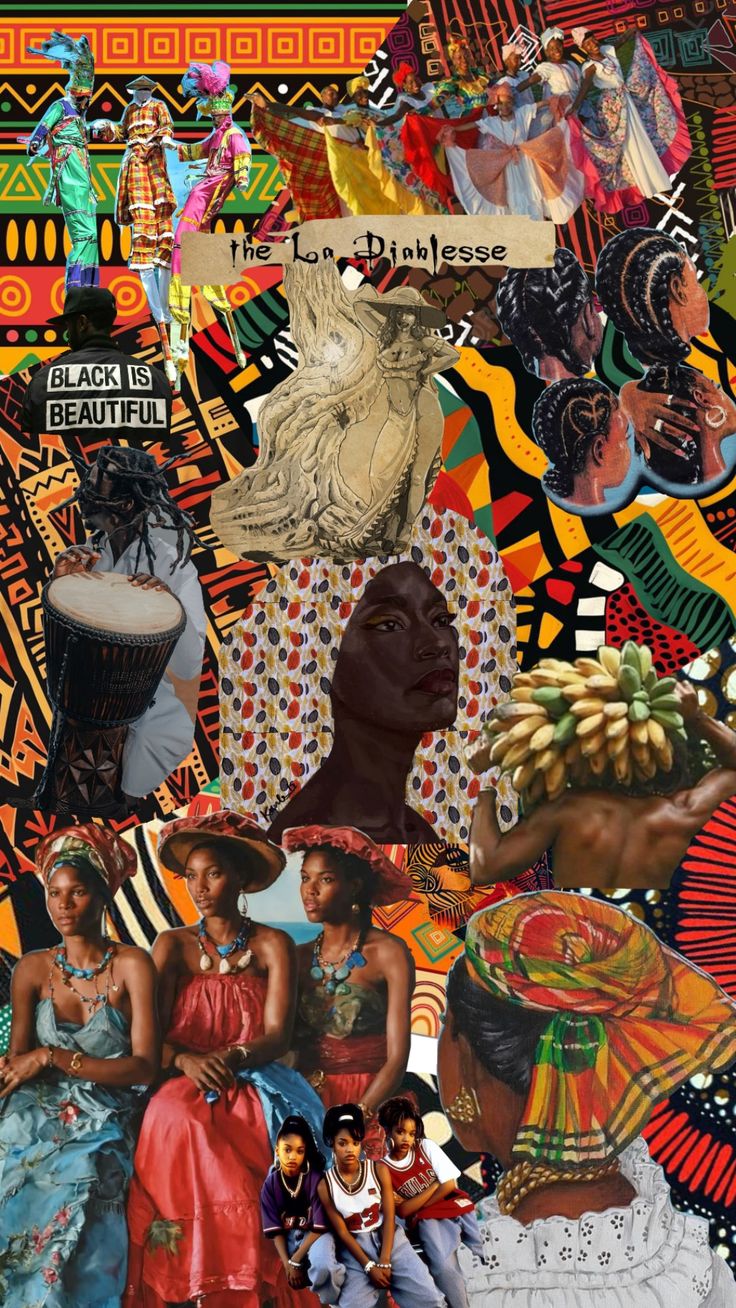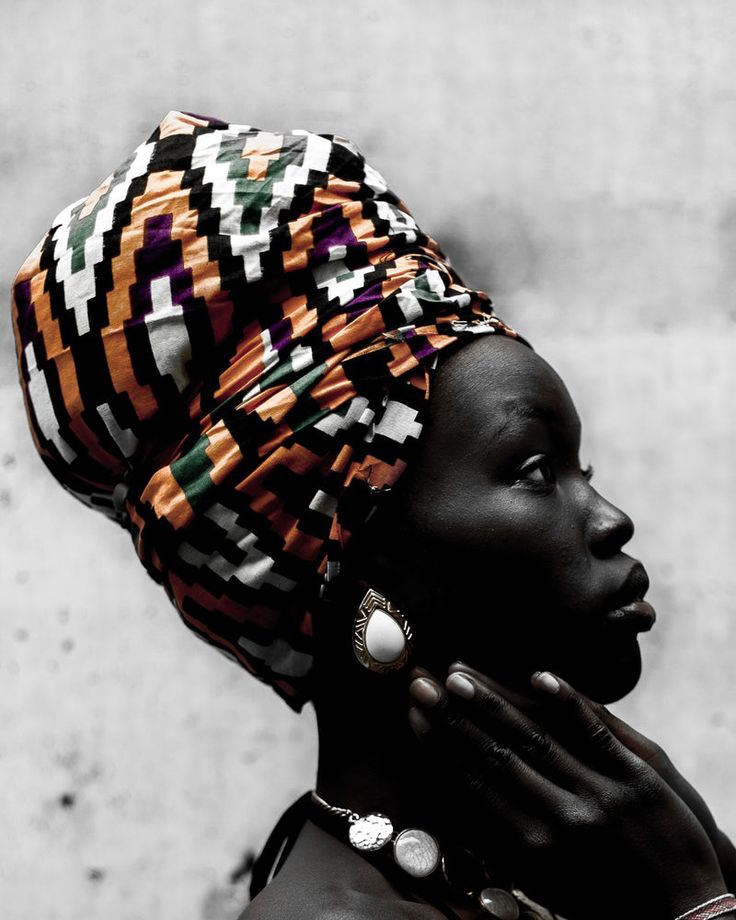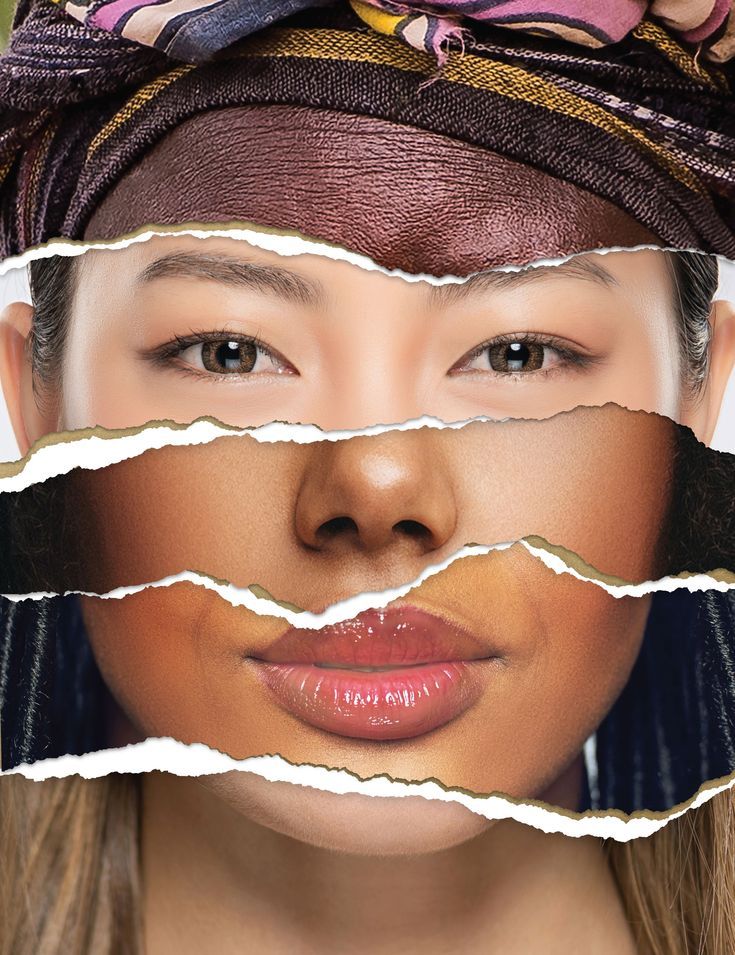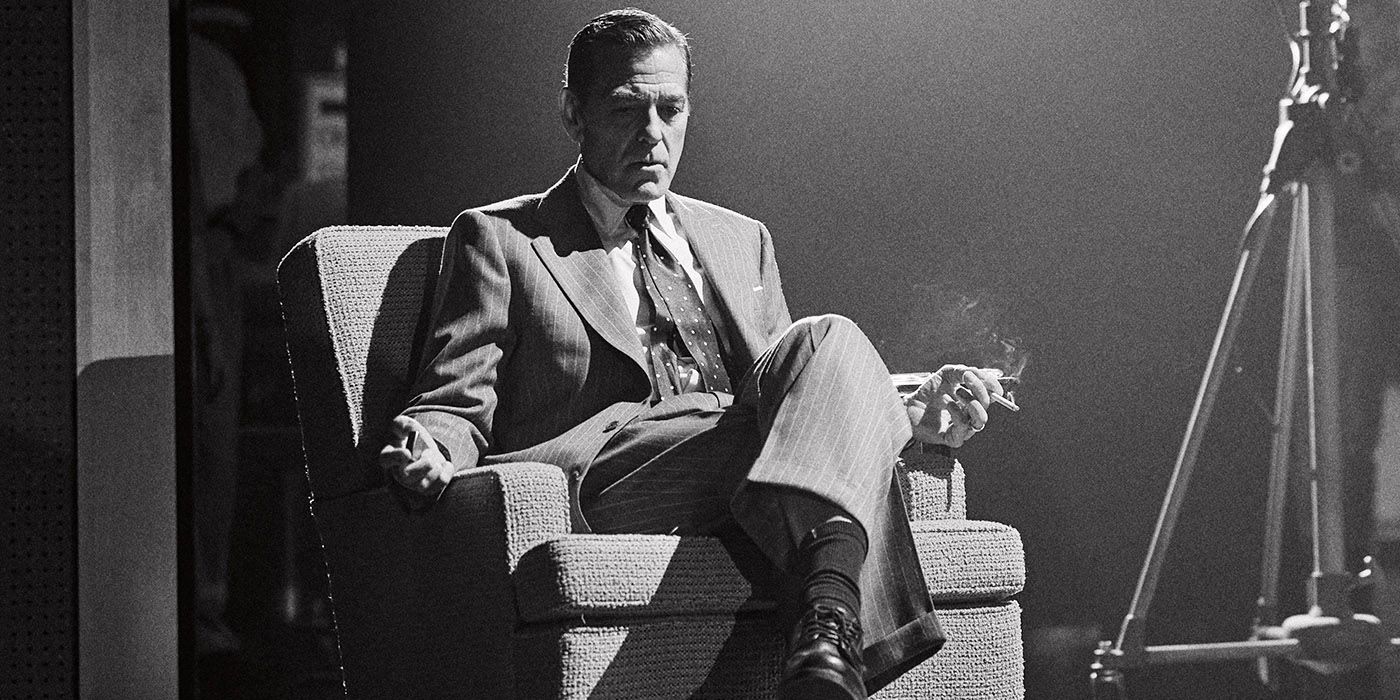WHY CULTURAL APPROPRIATION ISN’T ALWAYS OFFENSIVE

A CONTROVERSIAL CONVERSATION
In recent years, the term “cultural appropriation” has ignited fierce debate—from college to red carpets, from music stages to twitter threads. It is often framed as a binary: appropriation is bad, appreciation is good. But the reality is far more complex.
A celebrity wears braids-the internet erupts. A designer prints Ankara on a runway—think pieces follow. A white tourist wears a Bindi—outrage begins.
But in a world where cultures constantly collide, share, and evolve, we need to ask a harder, more mature question: is all cultural borrowing offensive? Or have we confused appreciation with theft?
Many argue that borrowing from another culture without understanding or respect is inherently exploitative. And often, they are right, but does every act of cultural sharing deserve outrage?
is it always offensive when someone wears cornrows, practices yoga, or cooks jollof rice?
Not necessarily.
To understand why, we must separate power from performance, intent from impact, and harm from homage.
WHAT IS CULTURAL APPROPRIATION?
At its core, cultural appropriation refers to the unacknowledged or inappropriate adoption of elements of one culture by members of another, especially when there is a power imbalance.
It is not just wearing a kimono or trying out reggae. It’s about: Context; where, how, and why it’s being done: Credit; who is acknowledged and who is erased: Consequence; who profits and who pays the social price.
So yes, it is offensive when white designers copy indigenous beadwork and profit from it, while indigenous communities face poverty and prejudice.
It is harmful when black hairstyles are policed in schools and workplaces, then suddenly called “trendy” when seen on celebrities.
But is it always that clear?
A white model wearing Fulani braids on a Paris runway without naming the tradition?
That is appropriation.
A black teenager in Lagos wearing ripped jeans and skate shoes?
That is global culture.
Borrowing only becomes a problem when it is extractive, erasing, and performative.
WHEN CULTURAL SHARING IS BEAUTIFUL

image credit: pinterest
Culture has always been borrowed, blended, and reimagined. That’s how humanity works. Cuisines , music, dance, and language have crossed borders for centuries—often producing new, rich forms of expression.
Nigerian Afrobeats has inspired Korean dance groups. Black Americans turned reggae into Hiphop, which the world no embraces. Indian curry is a staple in British kitchens. Kente patterns show up at a African-American graduations.
These are examples of cultural exchange, not theft. What makes the difference? Respect. Credit. Consent.
Cultural exchange is not new—it is a foundation of human connection.
In fact, many cultures takes pride in being shared, not hoarded. In Yoruba culture, for instance, guests are encouraged to wear traditional clothing at weddings—regardless of their ethnicity. In Japan, tourists are often welcomed to wear Kimonos as part of cultural tours.
sharing isn’t the problem. Stripping, stereotyping, and profiting without acknowledgement is.
INTENT MATTERS—BUT IT ISN’T EVERYTHING

image credit: pinterest
Some argue that as long as there’s no ill intent, it’s not appropriation. But intent doesn’t erase impact.
That said, not every instance of borrowing is meant to mock or steal: A non-Indian woman attending a wedding in a sari because she wants to honor her friend’s culture, A white chef experimenting with the Nigerian spices out of genuine admiration, A black girl listening to K-pop and dancing to its rhythms.
In these cases, the line between appreciation and appropriation blurs. What matters is whether the individual is informed, respectful, and aware of the dynamics at play.
it is not about gatekeeping culture. It is about honoring its roots.
THE PROBLEM IS POWER, NOT PARTICIPATION.
The pain around cultural appropriation is real—and it’s rooted in his history.
when colonizers mocked the indigenous languages, then decades later wore their designs on fashion runways for clout—that’s not just style.
it is violence turned into aesthetic.
it is erasure turned into trends.
When black hair was called “unprofessional” for decades, but is now edgy when worn by a white influencer—the hypocrisy stings.
so yes, cultural appropriation hurts. But the real offence is the imbalance—when people from dominant cultures profit off what others were punished for.
These are very real, painful examples of appropriation: Black culture being consumed while black people face systemic racism, Indigenous regalia used as costumes, while indigenous rights are ignored, Spiritual practices like smudging or yoga being stripped of meaning, turned into trends, and divorced from their sacred origins.
In these cases, the issue isn’t cultural mixing. It is exploitation, erasure, and power imbalance.
The problem is not cross-cultural curiosity—it is when one group gains social capital while the original community is still marginalized.
Let your participation be grounded in genuine connection, learning acknowledgement, amplifying original voices. Then it may not be offensive at all. It’s not about who is wearing it. It’s about how, why, and with what awareness.
THE PROBLEM WITH BLANKET CONDEMNATION
Sometimes, the discourse around cultural appropriation becomes overzealous.
we see outrage over a non-mexican child wearing a Dia de los Muertos costume for a school play, a tourist taking cooking class in Vietnam , a white woman learning how to wrap a gele to attend a Nigerian friend’s wedding.
These situations are often rooted in cultural admiration, friendship, and cultural exchange, not mockery or theft.
By treating all instances of cultural borrowing as harmful, we risk stifling cross-cultural learning, fostering resentment instead of dialogue, policing individual identity in increasingly multicultural societies.
Not every act is appropriation. Sometimes, it is just humanity connecting in colour, sound, and story.
A BETTER QUESTION:WHO’S TELLING THE STORY?
Rather than asking “who’s wearing what?”. We should be asking: who gets to tell the story? Who’s being paid? Whose voice Is amplified? Whose identity is reduced to a trend?
Cultural exchange is inevitable. What we must challenge is cultural extraction—the kind that turns heritage into a costume, or rituals into entertainment.
APPRECIATION OVER APPROPRIATION: A PATH FORWARD
Here's how to engage with culture without offending:
1. DO YOUR HOMEWORK: Learn the history, meaning and significance behind cultural elements.
2. CREDIT YOUR SOURCE: Whether it is music, fashion, or language—acknowledge where it comes from.
SUPPORT ORIGINATORS: Buy from artisans, listen to native storytellers, tip the dancers.
BE READY TO LISTEN: If someone from that culture says your use is disrespectful, be open to conversation—not defensiveness.
KNOW WHEN TO STEP BACK: Not everything is for everyone. Some practices are sacred. Respect boundaries.
CONCLUSION: CULTURE IS NOT A MUSEUM PIECE
Culture is living, breathing, evolving. It is meant to travel, inspire, and transform. But it must do so ethically, mutually, and with reverence.
we must stop treating cultural appropriation like a catch-all weapon for outrage. And we must stop excusing harmful appropriation in the name of creativity.
The future lies in cultural humility, not cultural purity. In learning, not looting. In sharing, not stealing.
so no—cultural appropriation isn’t always offensive. But it can be, when done with ignorance and entitlement.
choose awareness. Choose respect. Choose deeper connection over surface aesthetics.
Recommended Articles
Nigeria Forms Elite Task Force for 'Detty' December, Approves New Tourism Zones!

Nigeria's Federal Government has launched a comprehensive plan to boost its cultural and tourism sectors, including a Pr...
What Nollywood Still Doesn’t Get About Real Love Stories

Nollywood has mastered the art of drama but missed the heart of real love. Here’s why Africa’s biggest film industry sti...
Queen of Pop's Reign Continues: Janet Jackson to Receive Prestigious ICON Award!

Janet Jackson is slated to receive the 2025 ICON of the Year Award at The Gala of the Stars, an annual benefit for Dance...
Colourism in Africa: Are We Still Living in Mental Slavery?

“Colorism in Africa is more than a beauty preference—it’s a legacy of colonialism shaping identity, self-esteem, and com...
Autism and Culture: Are African Traditions Helping or Hurting?

Read about how African traditions shape perceptions of autism; from stigma and delayed diagnosis to communal support and...
Nigeria Wants Students To Learn Chinese - What Does This Mean?

Explore the benefits, risks, and lessons from Africa’s Chinese language policies, as Nigeria adds Mandarin to its school...
You may also like...
Super Eagles' Shocking Defeat: Egypt Sinks Nigeria 2-1 in AFCON 2025 Warm-Up

Nigeria's Super Eagles suffered a 2-1 defeat to Egypt in their only preparatory friendly for the 2025 Africa Cup of Nati...
Knicks Reign Supreme! New York Defeats Spurs to Claim Coveted 2025 NBA Cup

The New York Knicks secured the 2025 Emirates NBA Cup title with a 124-113 comeback victory over the San Antonio Spurs i...
Warner Bros. Discovery's Acquisition Saga: Paramount Deal Hits Rocky Shores Amid Rival Bids!

Hollywood's intense studio battle for Warner Bros. Discovery concluded as the WBD board formally rejected Paramount Skyd...
Music World Mourns: Beloved DJ Warras Brutally Murdered in Johannesburg

DJ Warras, also known as Warrick Stock, was fatally shot in Johannesburg's CBD, adding to a concerning string of murders...
Palm Royale Showrunner Dishes on 'Much Darker' Season 2 Death

"Palm Royale" Season 2, Episode 6, introduces a shocking twin twist, with Kristen Wiig playing both Maxine and her long-...
World Cup Fiasco: DR Congo Faces Eligibility Probe, Sparks 'Back Door' Accusations from Nigeria

The NFF has petitioned FIFA over DR Congo's alleged use of ineligible players in the 2026 World Cup playoffs, potentiall...
Trump's Travel Ban Fallout: African Nations Hit Hard by US Restrictions

The Trump administration has significantly expanded its travel restrictions, imposing new partial bans on countries like...
Shocking Oversight: Super-Fit Runner Dies After Heart Attack Symptoms Dismissed as Heartburn

The family of Kristian Hudson, a 'super-fit' 42-year-old marathon runner, is seeking accountability from NHS staff after...
